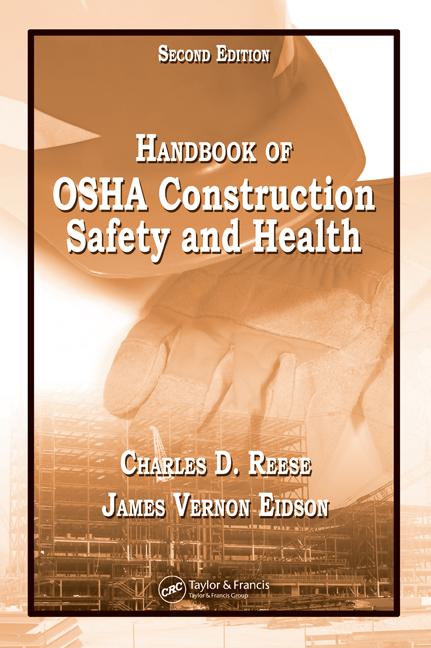One of the topics being discussed in the drafting of the ISO 45001 occupational safety and health management systems standard (due for final release in 2016) is culture – or more specifically “safety culture” and what the requirements should be for a “positive culture,” says Thea Dunmire, JD, CIH, CSP, president of ENLAR Compliance Services, Inc.
Thea points out there is an ILO standard and definition for a “preventative safety culture” that is being strenuously advocating for (see http://www.ilo.org/wcmsp5/groups/public/---ed_norm/---normes/documents/publication/wcms_233211.pdf)
ILO stresses the importance, in addition to national occupational safety and health policies, of assessing occupational risks or hazards, combating these at the source and developing a national preventative safety and health culture.
Here is how ILO defines “A PREVENTATIVE SAFETY AND HEALTH CULTURE”
… refers to a culture in which the right to a safe and healthy working environment is respected at all levels, where government, employers and workers actively participate in securing a safe and healthy working environment through a system of defined rights, responsibilities and duties, and where the principle of prevention is accorded the highest priority (Art. 1(d) of Convention No. 187)
“I don’t know if anything but the broadest outline of requirements (for a safety culture) is possible,” says Thea. “To lay requirements on the idea of a culture is to me turning culture into a program. How do you impose requirements on ‘the way things are done around here’? On values? On the ‘internal game’? Why try to put culture in a box? So folks can make money auditing and certifying cultures? All’s fair in a market economy, eh?”
What do you think: Is the safety profession, or parts of it, turning culture into a program? Is it possible to define a set of requirements for a safety culture? Email your responses to Dave Johnson, ISHN Editor, at johnsond@bnpmedia.com. We’ll post comments on www.ishn.com.





